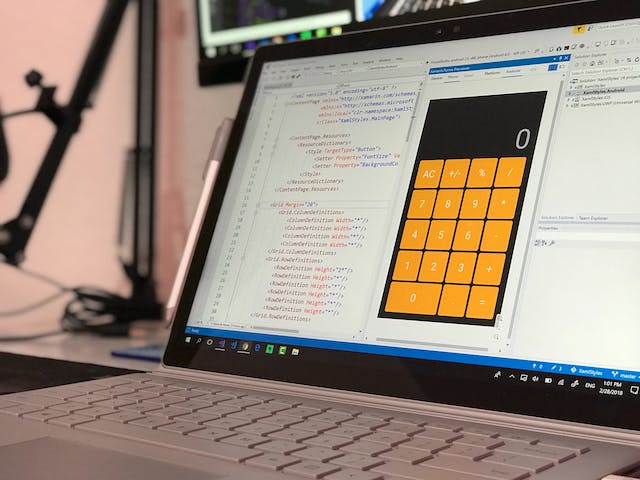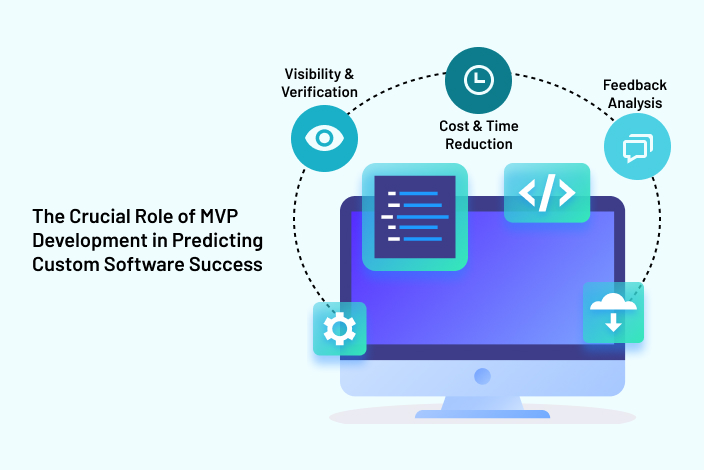In today’s digital age, mobile applications have become an integral part of our daily lives, seamlessly integrating into various aspects of our routines. Behind the scenes of these user-friendly interfaces lie two dominant platforms: Android and iOS. Emerging developers often encounter a dilemma when selecting between Android and iOS application development. In this comprehensive manual, we’ll delve into the similarities, discrepancies, and subtleties of these two ecosystems to aid emerging developers in navigating their path effectively.
Whether you are a new app developer or an experienced developer, the decision to develop for Android or iOS can have a big impact on your future. Android and iOS are the two most popular app development platforms, with each offering unique advantages and disadvantages. Android has a greater market share and more customisation options, whereas iOS has a more affluent user base and a more efficient development process.
Understanding the Ecosystems:
Before plunging into the technical aspects, let’s grasp the fundamental distinctions between Android and iOS ecosystems. Android, crafted by Google, empowers a diverse array of devices from various manufacturers, offering users a broad spectrum of choices in hardware and price ranges. Conversely, iOS, developed by Apple, exclusively operates on Apple devices, furnishing a more streamlined and controlled environment.
1. Programming Languages:
Android app development primarily revolves around Java and Kotlin. Java, a time-tested programming language, has long served as the foundation of Android development. Nevertheless, Kotlin, introduced by Google in 2017, boasts modern features and seamless compatibility with Java, rendering it a preferred option for many developers. With its visual layout editor and robust debugging capabilities, Android Studio streamlines the development process, empowering developers to build sleek and functional apps with ease.
In contrast, iOS application development revolves around Swift, a potent and intuitive programming language unveiled by Apple in 2014. Swift’s succinct syntax and robust typing mechanism have streamlined iOS development, empowering developers to craft neat and efficient code. Xcode boasts a comprehensive suite of tools, including Interface Builder for designing intuitive user interfaces and Instruments for in-depth performance analysis.
2. Integrated Development Environments (IDEs):
Android developers typically utilize Android Studio, an official IDE proffered by Google, for app development. This powerhouse tool is tailor-made for Android app creation, boasting a range of specialized features and tools. Android Studio provides an array of tools and features customized explicitly for Android development, encompassing a visual layout editor and robust debugging capabilities.
Conversely, on the iOS front, developers rely on Xcode, Apple’s official IDE. Xcode provides a comprehensive suite of tools for iOS, macOS, watchOS, and tvOS development. It offers features like Interface Builder for designing user interfaces and Instruments for performance analysis. Xcode is packed with an extensive toolkit, including the popular Interface Builder for crafting user interfaces with precision and ease. Additionally, developers rely on Instruments, a powerful feature for analyzing app performance and optimizing their creations for peak efficiency.
3. User Interface Design:
Both Android and iOS platforms possess distinct design principles that developers must adhere to for crafting visually appealing and user-friendly interfaces.
Android adheres to the Material Design guidelines, accentuating minimalism, vibrant hues, and seamless transitions. Material Design offers a unified design language across various Android devices, ensuring a consistent user experience. Android embraces Material Design, which focuses on simplicity, vivid colors, and smooth transitions. This approach ensures a cohesive experience across Android devices, with a clean and vibrant aesthetic.
In contrast, iOS adheres to the Human Interface Guidelines (HIG), which prioritize clarity, deference, and depth. iOS design centers on subtle animations, minimalist layouts, and intuitive gestures, forging a visually pleasing and user-friendly ambiance. With minimalist layouts, gentle animations, and intuitive gestures, iOS design aims for a visually appealing and user-friendly atmosphere. These distinct approaches cater to the specific preferences and expectations of each platform’s users, enhancing their overall experience.
4. Fragmentation vs. Uniformity:
One of the key challenges in Android app development is device fragmentation. Android runs on a vast array of devices with different screen sizes, resolutions, and hardware specifications. This diversity poses challenges for developers in terms of ensuring compatibility and optimizing performance across various devices. In Android app development, device fragmentation is a significant hurdle to overcome.
iOS, on the other hand, boasts a more unified ecosystem with a limited range of devices, all designed and manufactured by Apple. This homogeneity streamlines the development process, enabling developers to optimize their apps for specific device sets and screen dimensions. With a controlled range of devices all crafted by Apple, developers have a clearer target to optimize their apps for. This uniformity simplifies the testing and optimization process, ultimately resulting in a smoother user experience for iOS app users.
5. Market Reach and Revenue Model:
Concerning market reach, Android garners a broader global presence owing to its accessibility across a diverse array of devices and price brackets. This extensive reach makes Android a lucrative platform for reaching a diverse audience worldwide.
Conversely, iOS, though possessing a smaller market share compared to Android, often leads in revenue generation. iOS platform’s appeal to developers seeking effective monetization is heightened by the reputation of Apple users for increased spending on applications and in-app purchases. Developers often favor iOS for its ability to effectively monetize their creations, leveraging the purchasing power of Apple’s user base for financial success.
Conclusion:
Both Android and iOS app development offer unique opportunities and challenges for developers. Android, with its widespread adoption and flexibility, appeals to developers seeking a broad market reach. Conversely, iOS, with its streamlined ecosystem and affluent user base, offers an appealing platform for developers concentrating on monetization and user experience. If you are looking for the best custom software development in Chicago then you are at the best place.
Ultimately, the decision between Android and iOS app development hinges on factors such as target audience, project prerequisites, and personal inclinations. Through discerning the subtleties inherent in each ecosystem and evaluating the advantages and disadvantages, budding developers can arrive at informed decisions that harmonize with their objectives and ambitions within the dynamic realm of mobile application development. If you are in and around Chicago and looking for the top mobile app development company in Chicago then search online for the best service.



